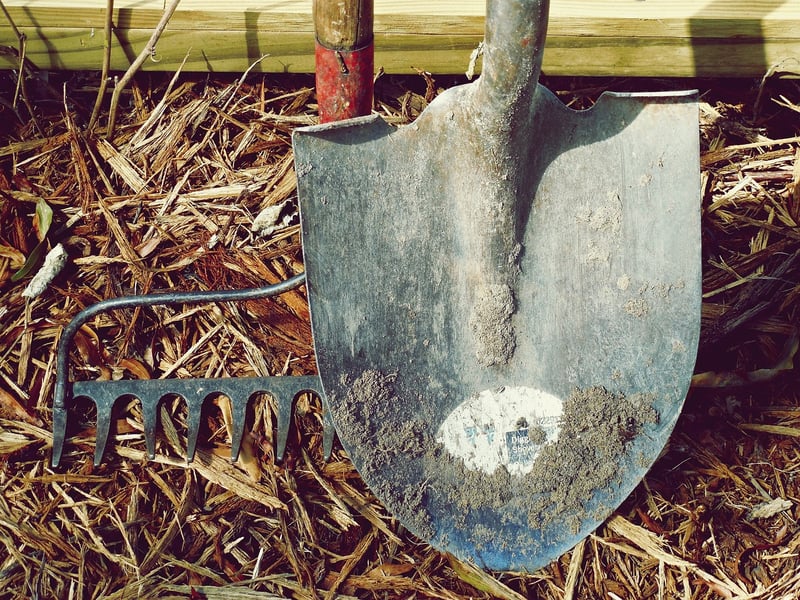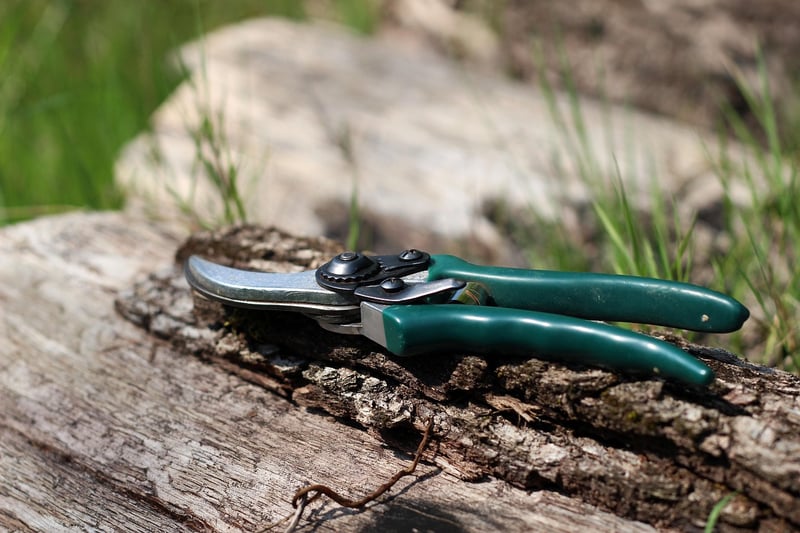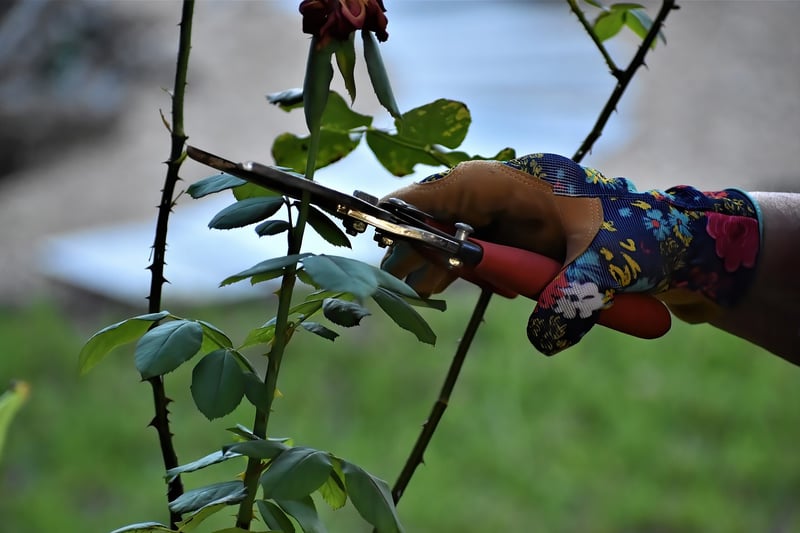Pruning Techniques
Guides for Healthy Plants + Pruning Techniques
Introduction to Plant Care
Having healthy plants not only adds beauty to your surroundings but also contributes to a healthier environment. Proper plant care involves a combination of watering, sunlight, nutrition, and maintenance practices like pruning. In this guide, we will cover essential tips for keeping your plants healthy and thriving.
Tips for Healthy Plants
- Watering: Ensure plants receive adequate water based on their specific needs. Overwatering or underwatering can harm plants.
- Sunlight: Place plants in locations where they can receive appropriate amounts of sunlight. Different plants have varying light requirements.
- Soil and Nutrition: Use quality soil and consider fertilizing plants to provide essential nutrients for growth.
- Pest Control: Regularly check plants for pests and take appropriate measures to control infestations.
- Regular Maintenance: Remove dead leaves, prune when necessary, and repot plants as needed to promote healthy growth.
Pruning Techniques
Pruning is a vital part of plant care that involves removing dead or overgrown branches to encourage new growth and maintain plant health. Here are some pruning techniques to follow:
- Clean Tools: Use sharp and clean pruning shears to make precise cuts and prevent the spread of diseases.
- Identify Branches: Identify dead, damaged, or diseased branches for removal. Also, look for branches that cross or rub against each other.
- Pruning Cuts: Make cuts at a 45-degree angle just above a bud or lateral branch to promote healing and growth.
- Prune Regularly: Prune plants regularly to maintain shape, improve airflow, and stimulate new growth.
Conclusion
By following these guides for healthy plants and pruning techniques, you can ensure your plants thrive and enhance the beauty of your indoor or outdoor space. Remember that each plant may have specific care requirements, so it's essential to research individual plant species for tailored care.
Happy gardening!


